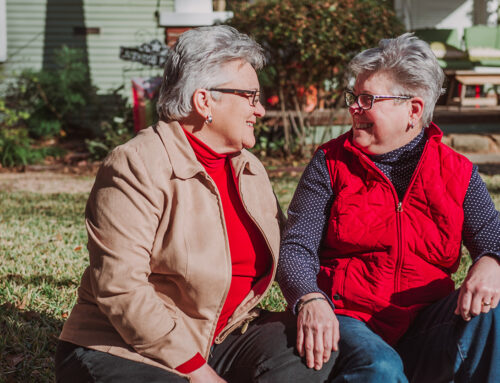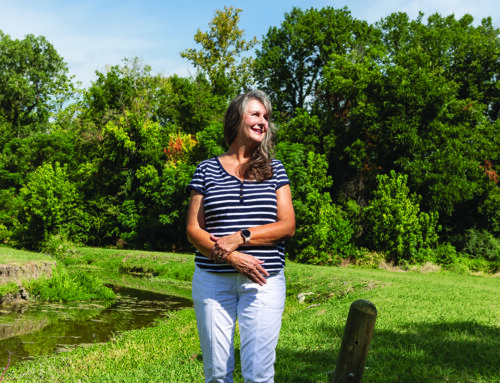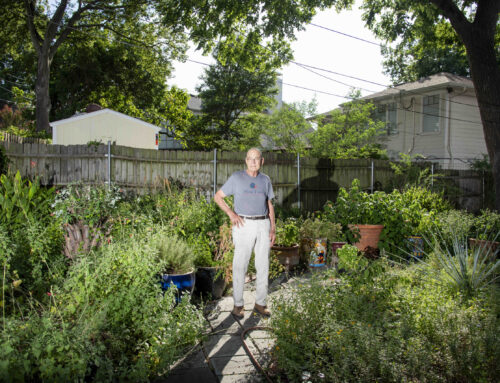The young woman knocked on the door, with long blonde hair, clad in a pink turtleneck and white feather boa. Her father was at the curb, with that look of support, concern and pride that only parents can have. Which meant it was Girl Scout cookie time again.
You’ll read and hear a lot about cookie time, which concludes at the end of this month. Often, it’s about sentiment and nostalgia, and there is something to that, for selling door to door is decidedly old-fashioned. The Girl Scouts pitch the idea that cookie time is about building character and teaching life skills (though I wish they could find a better term than that). And there is something to that as well, since most 8-year-olds don’t often deal with the machinations of the supply chain.
Yet, while nostalgia and sentiment are nice and learning business skills is even better, they are just parts of the picture. The real appeal of cookie time is continuity and community, something we don’t see much of in the post-modern, 21st century United States. The young woman at my door was doing the same thing she did last year, and the same thing girls have done at similar doors in similar neighborhoods for more than 70 years. There aren’t too many parts of our lives that we can say that about anymore.
Our cars talk to us, a far cry from the push-button radio most of us remember. The familiar names and places — even those from just a couple of years ago — vanish, as the world becomes more global and less local. None of the major banks and grocery stores in town, for example, are from here, and we eat in restaurants where the decisions are made hundreds of miles away.
I don’t want to get all intellectual here, but there’s a school of thought that says that sort of continuity and community make our lives better. A sociologist named Ray Oldenburg argues in his book, “The Great Good Place”, that community is essential to our neighborhood and public life. He says we need local — local bars, coffee shops, barber shops, bookstores, and other things he calls “third places”, in contrast to the first and second places of home and work.
And cookie time is one of those third places. You can’t get more local than someone from down the street knocking on your door to sell you cookies. And, barring something unforeseen, that young woman is going to be knocking on my door for the next 10 years. In that time, the bank on the corner could change names two or three times — assuming it stays in business.
This is something, I think, that the girls understand better than the rest of us. Natalie Martin is the director of marketing for the Girl Scouts of Northeast Texas, someone who sold cookies in the early 1980s and still identifies herself as a Girl Scout. I was curious. Do the girls sell cookies because adults make them do it, with the attendant eye-rolling and deep sighing that goes with adult-imposed activities? Just the opposite, Martin says.
“When it starts getting close to January, the girls do start getting excited,” she says. “There’s an energy in the room when you talk to them about the cookie program. It’s fun for them. They love the cookie program.”
My Girl Scout apparently did. You’ll notice she isn’t quoted here, and that’s because she didn’t have time to chat. She had other doors to knock on and more cookies to sell. (I bought five boxes, two of thin mints, in case anyone is curious.)
I guess I’ll just have to catch her next year.





